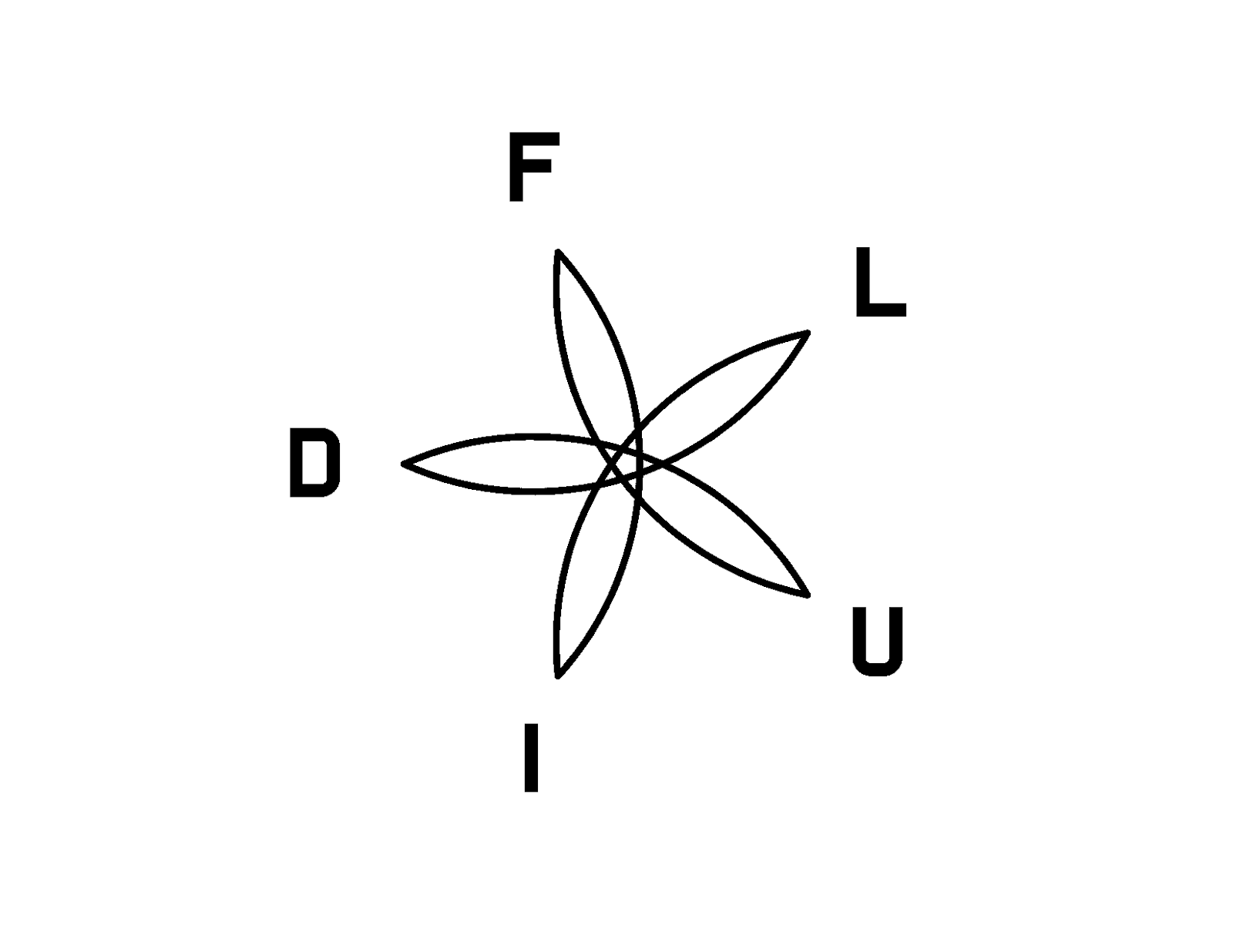FLUID Sociality
FLUID Sociality helps owners and designers understand how design choices affect human interaction. FLUID is a software tool that uses gaming technology and artificial intelligence and agent based modeling. The tool allows architects to populate their building models with digital residents, and we model how, when and where those digital agents interact. (How it Works: Digital Agents)
The FLUID Sociality tool models the frequency of “Encounters”, (the physical opportunity for a social connection between residents), and “Greetings” in multi-unit buildings. Encounters are dependent on the digital resident’s movement that is generated by “calendars” of individual agent types (EG: Externally Employed Adult). Our “Greetings” measurement is largely dependent on familiarity – a digital resident is more likely to greet someone that they meet frequently. (How it Works: Encounter to Interactions)


A key metric of current focus is “Acquaintanceship” – the number of fellow residents that you cross paths with frequently enough that you might know their name, would say hi to them when you meet – and potentially ask for help when needed. Our preliminary results suggest this metric is critical to social resilience, and can be strongly affected by design.
Social interaction is very complex, with many cultural and social factors. To address this challenge, FLUID is designed as a comparative tool between design options (How it Works: The Simulation). We can’t responsibly say FLUID tells us what social connection will occur in any single building design option. Instead, the tool allows users to compare whether a given design scores lower or higher than another design for a given metric. This self-imposed limitation will “cancel out” most potential errors arising from over- abstraction, and other factors such as ethnicity.


One goal of FLUID is to address the challenge that architectural design involves choosing an optimal set of trade-offs for a given program, set of occupants, budget, site, etcetera. The social aspects of designs are usually too fuzzy to be effectively included in discussions about trade-offs. These discussions are instead dominated by more easily measured non-social factors like construction cost and program areas. The FLUID Sociality tool is built to make the possibilities for social connection in buildings able to be talked about with data. (Why did we create FLUID?)
Sustainability, construction cost and many other factors are critical to design success. We just want sociability to be at the table in a measurable, evidence-based way when designers and clients are evaluating design options. (How Can Architecture Affect Sociability)
The tool could also be adapted to other building types. To date, the FLUID team has built “use cases” for multi-unit residential buildings, student residences, labs and long- term care facilities.
Bruce discusses FLUID Sociality with host Enoch Sears on the Business of Architecture podcast in an episode titled “Can Buildings Make Us Happier?”
Learn More about Fluid Sociality


